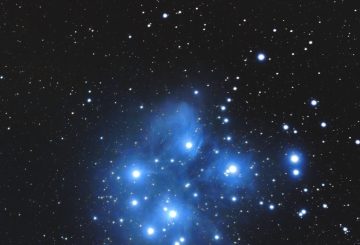分析——在飓风加布里埃尔之后,新西兰再次谈论 “重建得更好”。
在最基本的层面上,build back better 是以应对未来风险和可持续发展需求的方式重建房屋和其他建筑物的机会。为了实现这一目标,我们需要解决围绕循环经济中建筑的知识差距。
循环经济模式下的可持续建筑将在其整个生命周期中最大限度地减少排放及其对气候和自然资源的影响。
新西兰的建筑和拆除行业产生的废物约占所有废物的50%。该报告得出的结论是,建筑和施工行业无法在2050年之前实现脱碳——这是实现净零能耗排放的国际最后期限。
目前,我们正在建造可持续住宅,前提是到2050年实现碳中和,但它们也需要在50年后报废时实现碳中和的前提下建造。
全球对可持续和弹性建筑的需求是开发新建筑材料的驱动力,例如石膏板替代品和低排放混凝土。
这可能意味着根据本地测试获得新材料的 “护照”。
调整循环经济方法以适应建筑物 “更好地重建” 战略,对于降低未来灾难的风险以及对气候和自然资源的影响至关重要。
来源:r adionz.co.nz




























































